Growing Herbs In Containers: Ultimate Guide To Potted Herb Gardens For Year-Round Edibles
For anyone with a curiosity for kitchen gardens, growing herbs in containers is deeply rewarding and flavorsome, whether you’re a keen beginner or a seasoned amateur
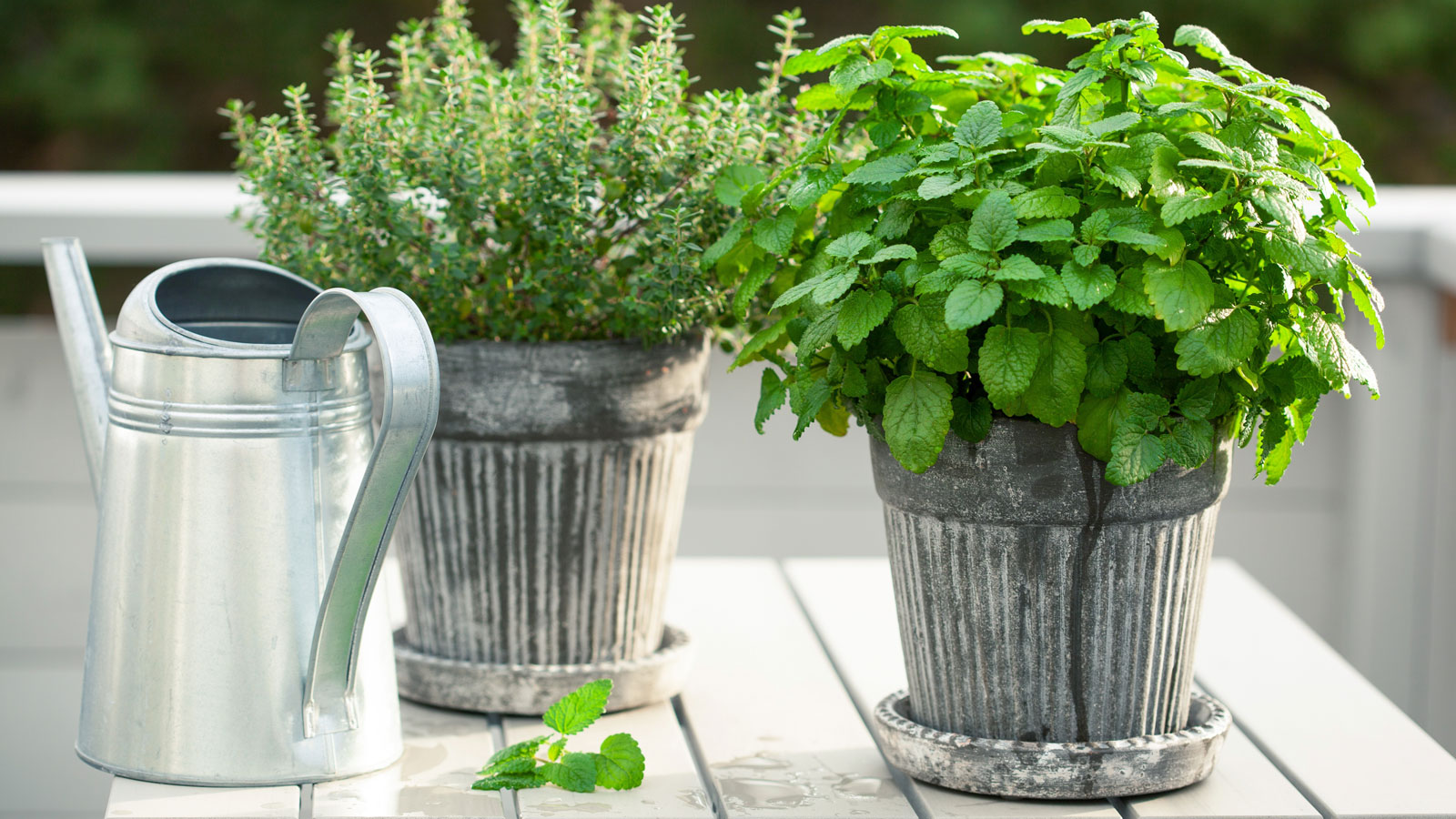

Growing herbs in containers is just as easy as – and in many ways, easier than – growing them in beds outdoors. In the main, herbs require good soil, drainage, regular water and sunlight to thrive. If you can manage all these key elements while integrating herb growing into your container gardening, you’re well on your way to enjoying years of fragrant bounty.
Whether you grow herbs in a container inside or outdoors, this guide can help you ensure healthy plants with heady aromas and a regular fresh harvest for the kitchen. Follow these tips and guidelines to make the most of your delectable potted herb garden.
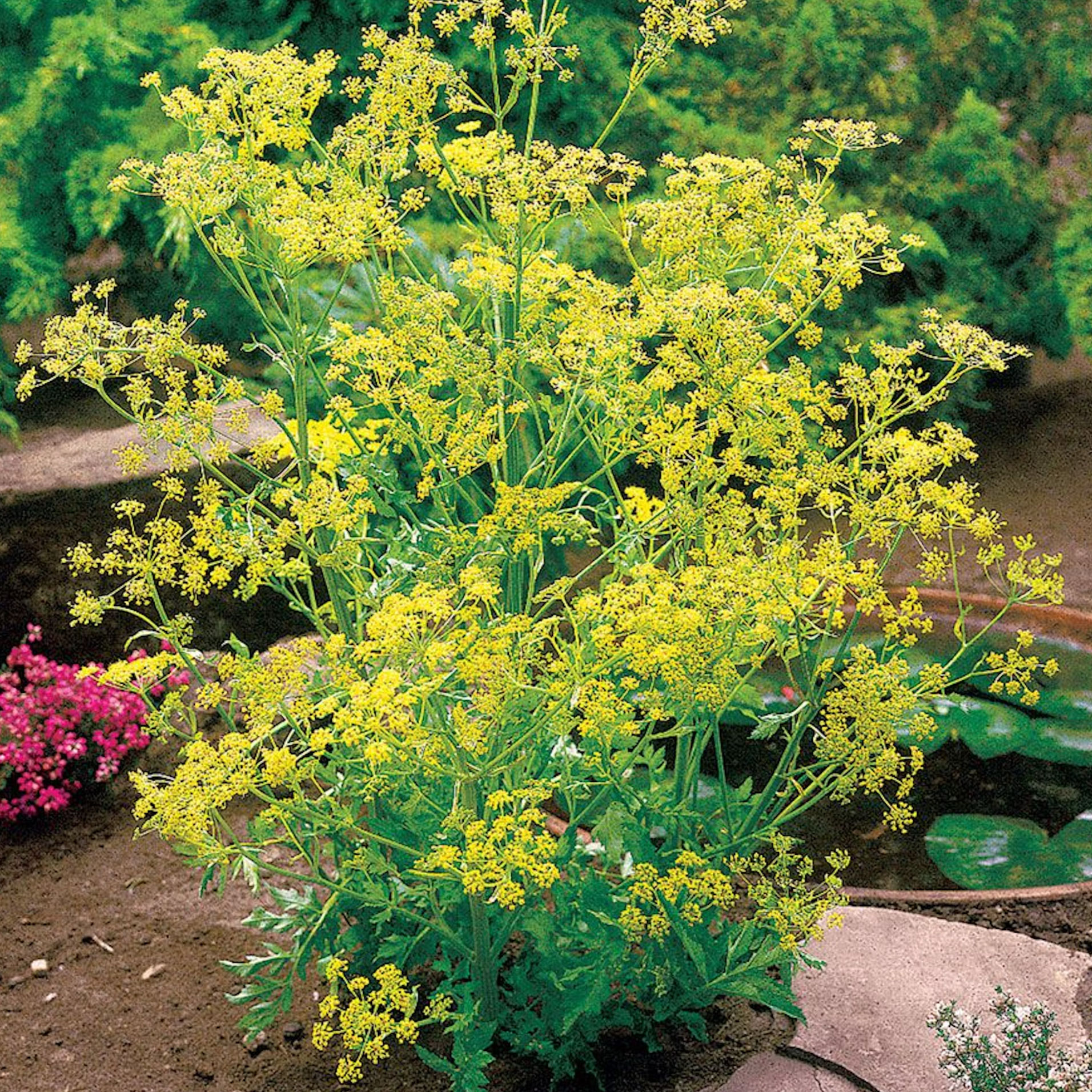
Kickstart your year of epic container herb gardening with the very best herb seed selections from Park Seed. Pick yours up at the Gardening Know How shop.
Which Herbs Grow Best in Containers?
Herbs are some of the best plants for container gardening – and you can grow just about any herb in a pot, trough, planter or hanging basket, as long as you have met that plant’s essential needs. Some of the best choices are tender perennial herbs like tarragon or lavender. You can keep these herbs going, even in a cold climate, by growing them in containers outdoors in summer and bringing them inside for winter. You can grow annuals like basil in pots year-round indoors.
To an extent, it depends on your reasons for growing in containers. Some plants not only thrive in pots but are best grown in pots because of their naturally invasive tendencies. Unless you want your garden over-run by mint, for example, you should always plant it into containers. Mint is one of those perennial herbs that is perfect for pots. Bear in mind that invasive herbs like mint won’t make the best companions for other herbs, as they can take over, even in the confines of a pot!
If you are looking for herb plants to grow together in one pot, it helps to consider their native growing conditions. Mediterranean ‘woody’ herbs like safe, rosemary and thyme grow happily together. Similarly, tender herbs like parsley, cilantro and chives, available in the Gardening Know Shop, partner up well.
Growing herbs in containers together is an option for saving space or if you have a larger pot. Choose herbs to grow together that require similar conditions and care. It’s easy to combine herbs by theme:
- Italian herb garden – Basil, parsley, oregano, thyme, rosemary and parsley, such as Lisette parsley in the Gardening Know How Shop
- Herbal tea garden – Different types of mint or chamomile
- Single herb, multiple varieties – Several varieties of the same herb, like sage, thyme or basil. For instance, you could try a culinary blend of basil, available in the Gardening Know How Shop
- Aromatic garden – Lavender, lemon verbena, mint, pineapple sage.
You may be short on space, have poor soil, want to prolong the growing season, or wish to keep herbs close at hand for the kitchen. Whatever your reasons, most herbs are well-suited for growing in containers, provided they get the proper amount of sunlight and nourishment.
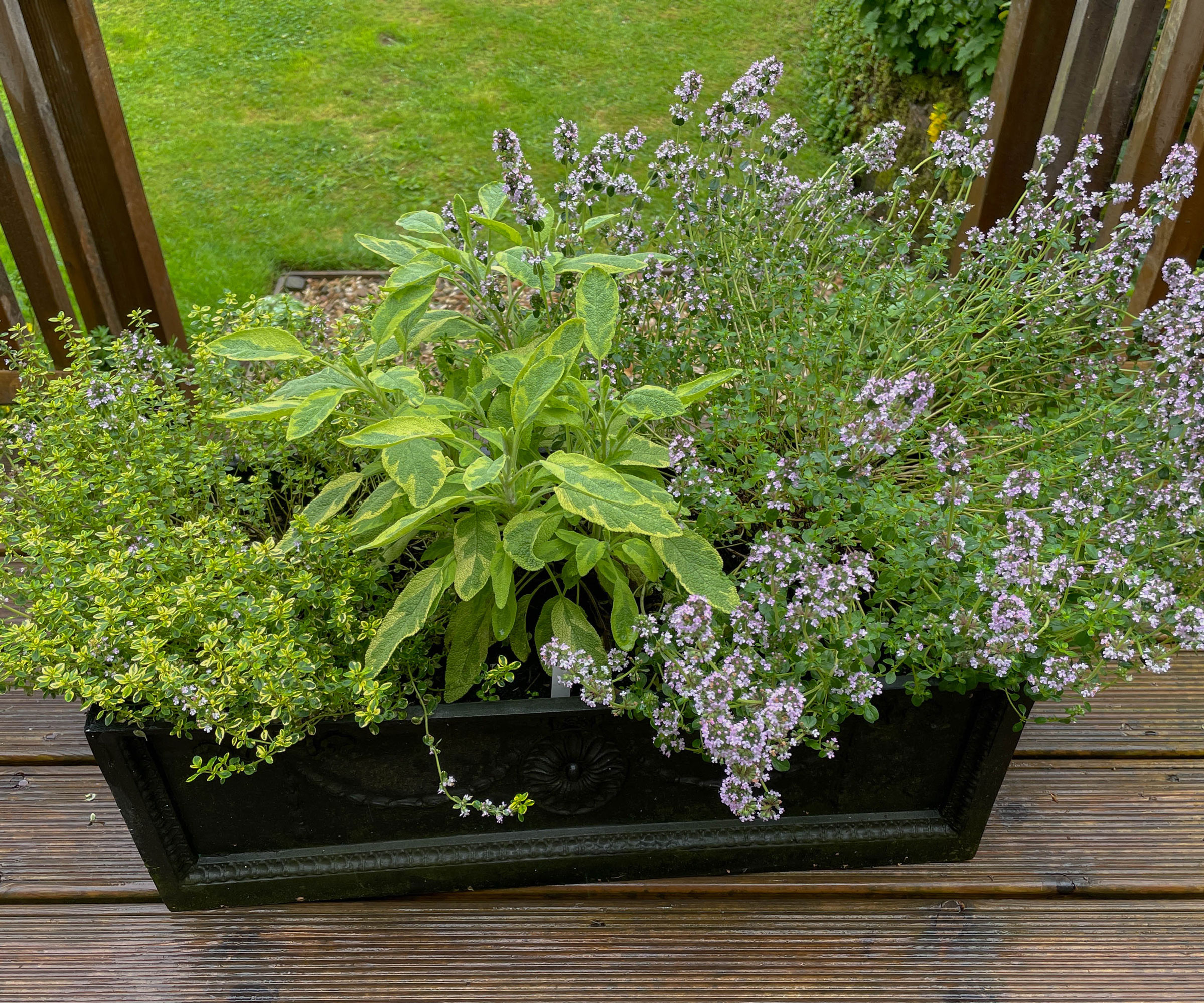
Choosing Containers for Herbs
How much space you have available and whether you plan on keeping herbs indoors or growing herbs in containers outside will play a huge part in pot selection. The key thing to remember is that herbs will grow in almost any type of container as long as it has good drainage.
Terracotta pots can look great with herbs. Given their porous nature, they are especially good with Mediterranean style herbs that have more drought tolerance. That said, plastic, wood or metal will all work well, as long as drainage is ok. You can get stylish corrugated iron containers, like Vego Garden’s Herb Garden Bed planter, available in the Gardening Know How Shop, in different colors. If you aren't using a traditional style container, be sure to poke some holes into the bottom for drainage and provide a drip plate if you are keeping them indoors.
Herbs can be grown separately, in individual pots, or you can plant several different varieties in one large container such as a window box planter or herb garden planter, being careful not to overcrowd the pot so that each plant has enough space to grow and reach its full potential. A very wide planter, such as Crescent Garden’s Orinoco Planter, available in the Gardening Know How Shop, is ideal for housing different plants in comfort while ensuring that competing root networks aren’t overwhelmed.
Gardening tips, videos, info and more delivered right to your inbox!
Sign up for the Gardening Know How newsletter today and receive a free copy of our e-book "How to Grow Delicious Tomatoes".
When to Grow Herbs in Pots
One of the benefits of growing herbs in pots is that you can grow them indoors and control conditions. This allows you to grow them at any time of year. Most perennial herbs will do best outdoors during summer and early fall. You can start seeds or get transplants in spring, then move them outdoors as the temperatures warm.
Depending on the particular needs of your herbs, most types have a relatively generous growing window. Even more unusual culinary herbs like lemongrass can be started and grown quite happily in pots, in accordance with their natural season of growth. Just remember with perennial herbs to bring them indoors over winter to keep them at their best and extend the harvesting season for longer.
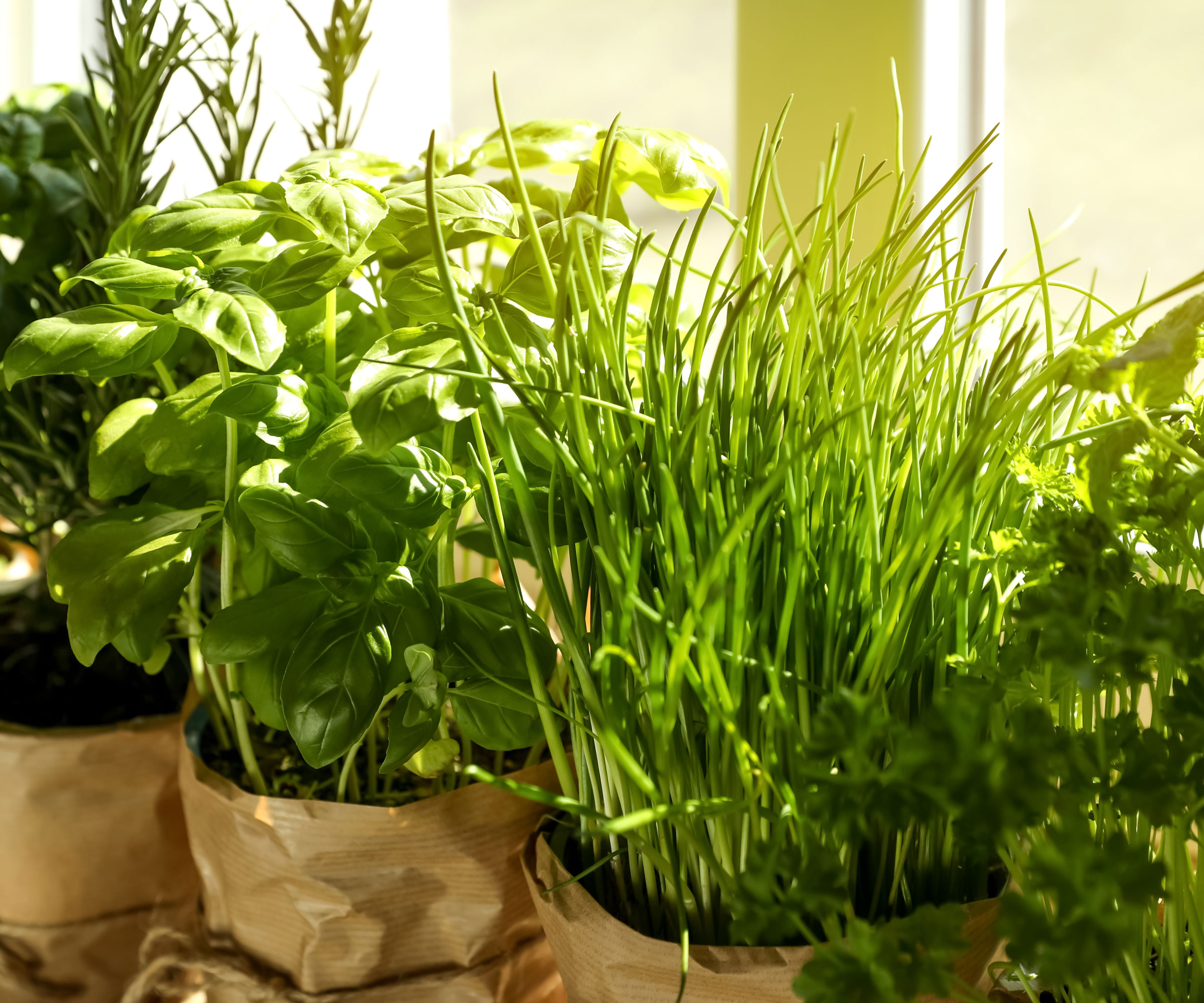
How to Grow Herbs in Containers
Growing herbs in a container is easy, and planting a herb garden in pots just requires a few steps. This will generally be the same, whether you are keeping indoors or growing herbs in containers outdoors. Simply adapt this process in accordance with whether you are growing a single plant in a pot, or grouping several together. Follow these steps for healthy, thriving herbs:
- Choose a suitable container by size for what you want to grow. Most importantly, it should have drainage holes. If growing indoors, include a tray under the pot.
- Fill the container with a high quality potting mix. Fill to within a couple of inches (5cm) of the top to allow plenty of space for watering.
- Plant the herbs in the potting mix following specific guidelines on spacing for each type of herb you’re growing. Don’t crowd them.
- Water thoroughly and find a sunny window to place them. Most herbs do best in full sun. If growing outside, find a sunny spot for the pots.
You can also grow your herbs by seed. Some of the easiest herbs to grow from seed are parsley, sage, chives, basil and dill, such as Bouquet Organic dill, available in the Gardening Know How Shop. Start the containers in the same way, but sow the seeds as directed on the seed packet. If planting herb seeds, in containers, keep the soil in the pots moist and keep them in a warm spot as the seed germinate and grow. Thin the seedlings to the correct spacing.
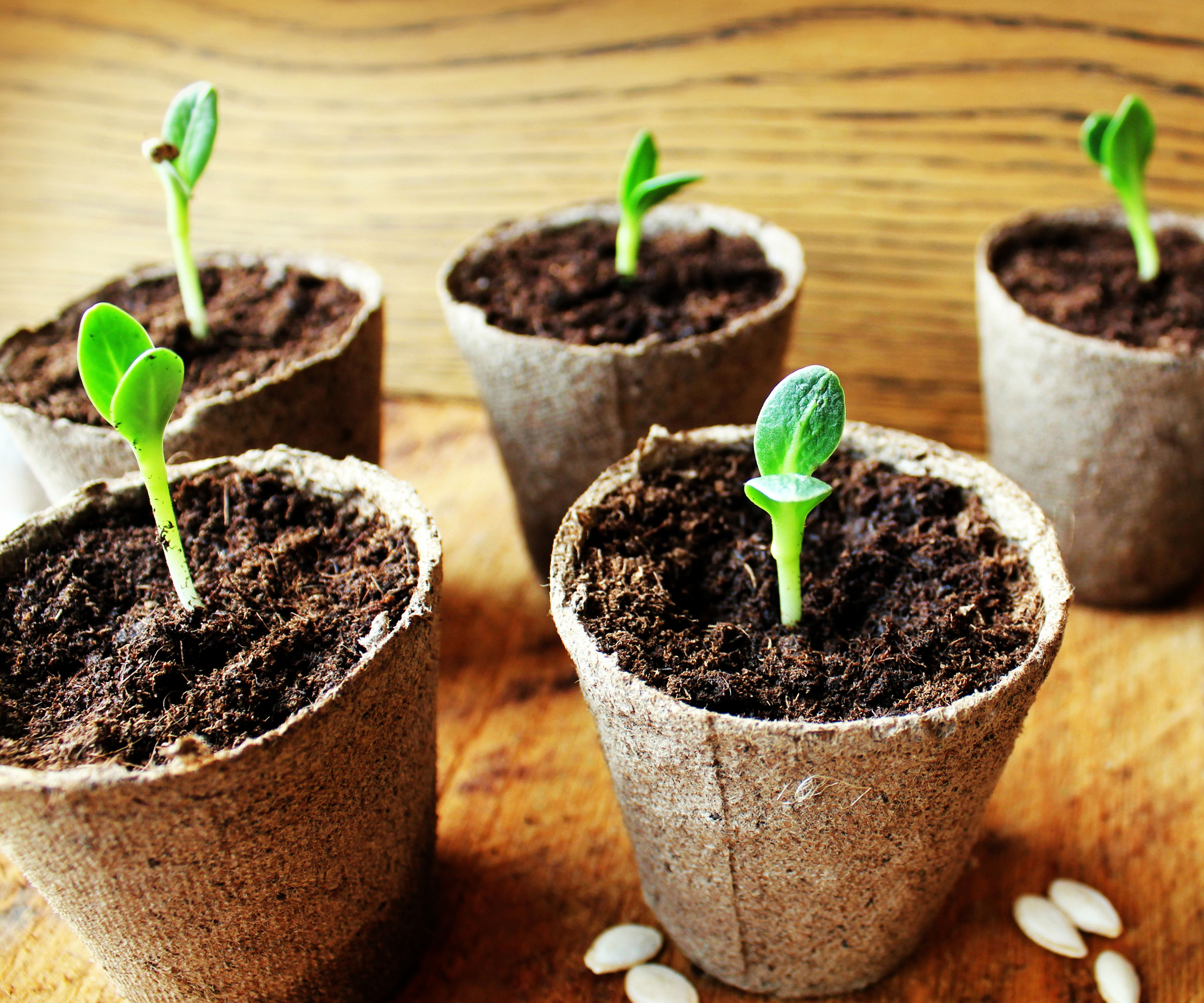
The Best Way to Grow Herbs in Containers Indoors
If you want herb harvests that can extend well into the fall, growing herbs indoors in containers is a wonderful way to boost your kitchen supplies. If you have perennials in pots outside, bring them indoors and place them by a sunny window before the first frost in fall. While you can grow perennial herbs like lavender or sage indoors all year, just remember they do best when placed outside in summer to benefit from more prolonged bouts of sunshine and warmth.
Annuals can be grown any time indoors, but they will only last for one season. To get a continual harvest of an annual like coriander, succession sowing is the answer. You can sow seeds of cilantro, such as Santo cilantro, available in the Gardening Know How Shop, in your indoor pots every few months to maintain a steady herb supply.
Best Herb Care in Containers
Container herbs need the same care and conditions as herbs planted in beds. They prefer full sun, so place pots in a sunny spot outside or by a bright window indoors that will get at least six hours of sunlight.
Temperature and watering needs vary a little by plant. Some herbs, like lavender, are native to warm regions and should be placed in a location away from cold drafts. Lavender such as Munstead, available in the Gardening Know How Shop, also prefers dryer soil than some other herbs. Water according to the type of herb you’re growing. You will find that drought tolerant herbs like rosemary and sage require less than tender herbs such as basil and cilantro.
That said, as a general rule, keep an eye on your container garden of herbs and make sure the moisture levels are kept regular in accordance with their needs, particularly during the warmer season. They will dry out more rapidly than those that have been planted directly into the garden.
Herbs don’t need as much fertilizer as many other plants. Use a dilute, balanced liquid fertilizer a couple of times during the growing season. Or, simply mix compost into the potting mix. Finally, you will find that pinching plants as they grow will promote denser, bushier growth.
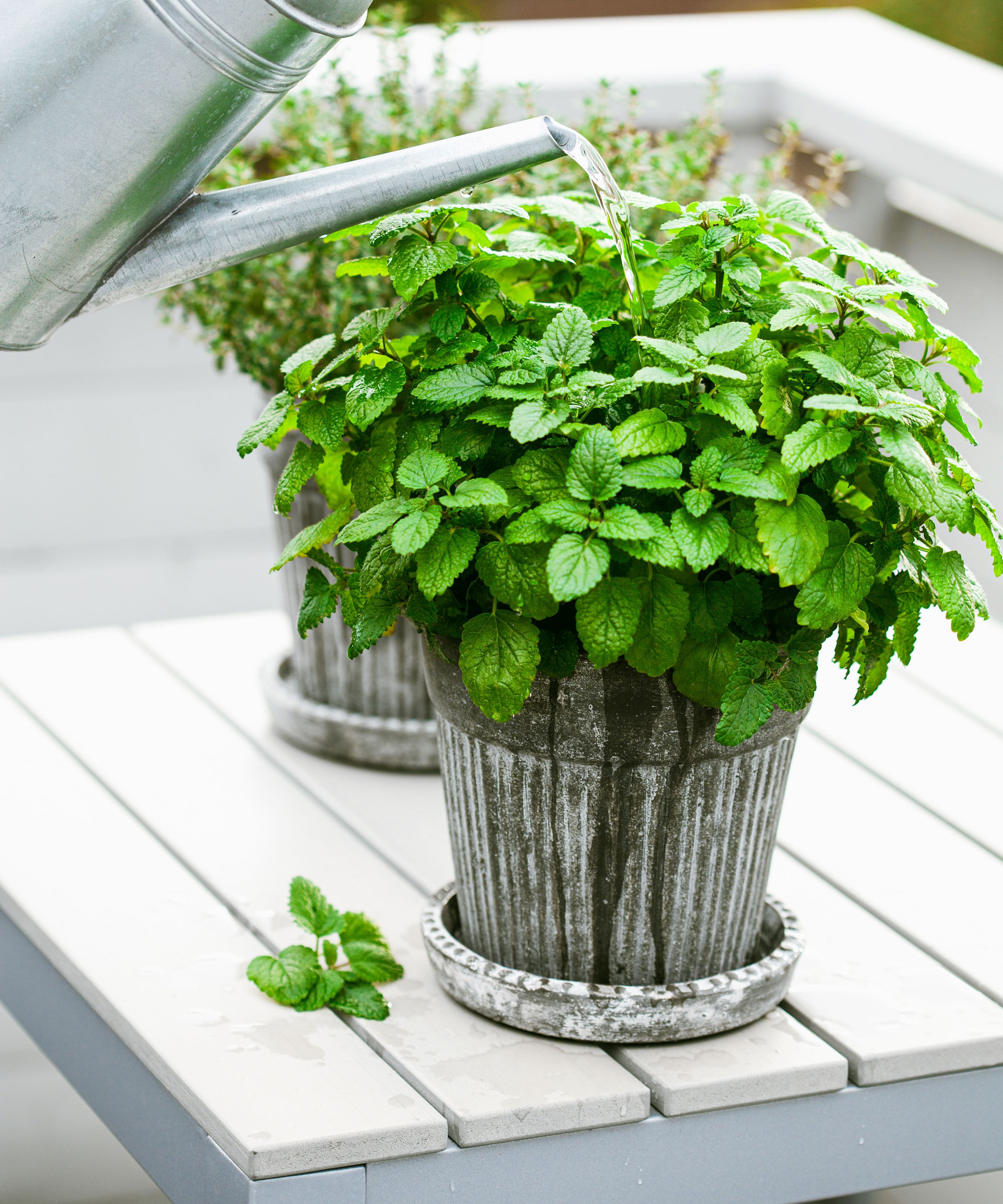
Problems Growing Herbs in Containers
Drainage and soggy soil are the most common herb growing problems you’ll encounter growing herbs. Ensure your pot has drainage and use a good quality, light potting mix. Don’t overwater. Let the soil dry a little between watering. Too little light is another issue you may encounter, especially in winter. Use grow lights if necessary to ensure that plants receive regular exposure to what they need.
Even when grown indoors, you might see certain pests on herbs. The most common pests to watch out for include aphids, mealybugs, spider mites and whiteflies. Treat them accordingly, using an organic spray such as diluted neem oil. Diseases are not common in herbs, but you may see rot if the soil doesn’t drain well and gets soggy.
Harvesting Container-Grown Herbs
Your herbs will be ready to harvest soon if you use transplants. When picking herbs, they only need to be healthy and thriving. If you start with seeds, the packet will tell you how long until the plants are mature enough to harvest. Some of the longest to maturity include rosemary and lavender, which can take a few months from seed. Basil, coriander, parsley and sage mature more quickly.
One of the best herb garden tips to master is knowing where on the plant to pick. Harvest leafy herbs like basil, mint and coriander by snipping off young, tender leaves, or the ends of stems as needed. For woody herbs like lavender, thyme and rosemary, however, you can remove entire stems as and when needed. Just don’t remove more than a quarter of the plant as that can shock your potted herb.
Use fresh herbs right away. This is one of the benefits of container growing. Snip off only what you need, when you need it. You can also harvest more than you need, and freeze or dry the herbs for later. For dried herbs, let them dry completely and then store them in air-tight containers.
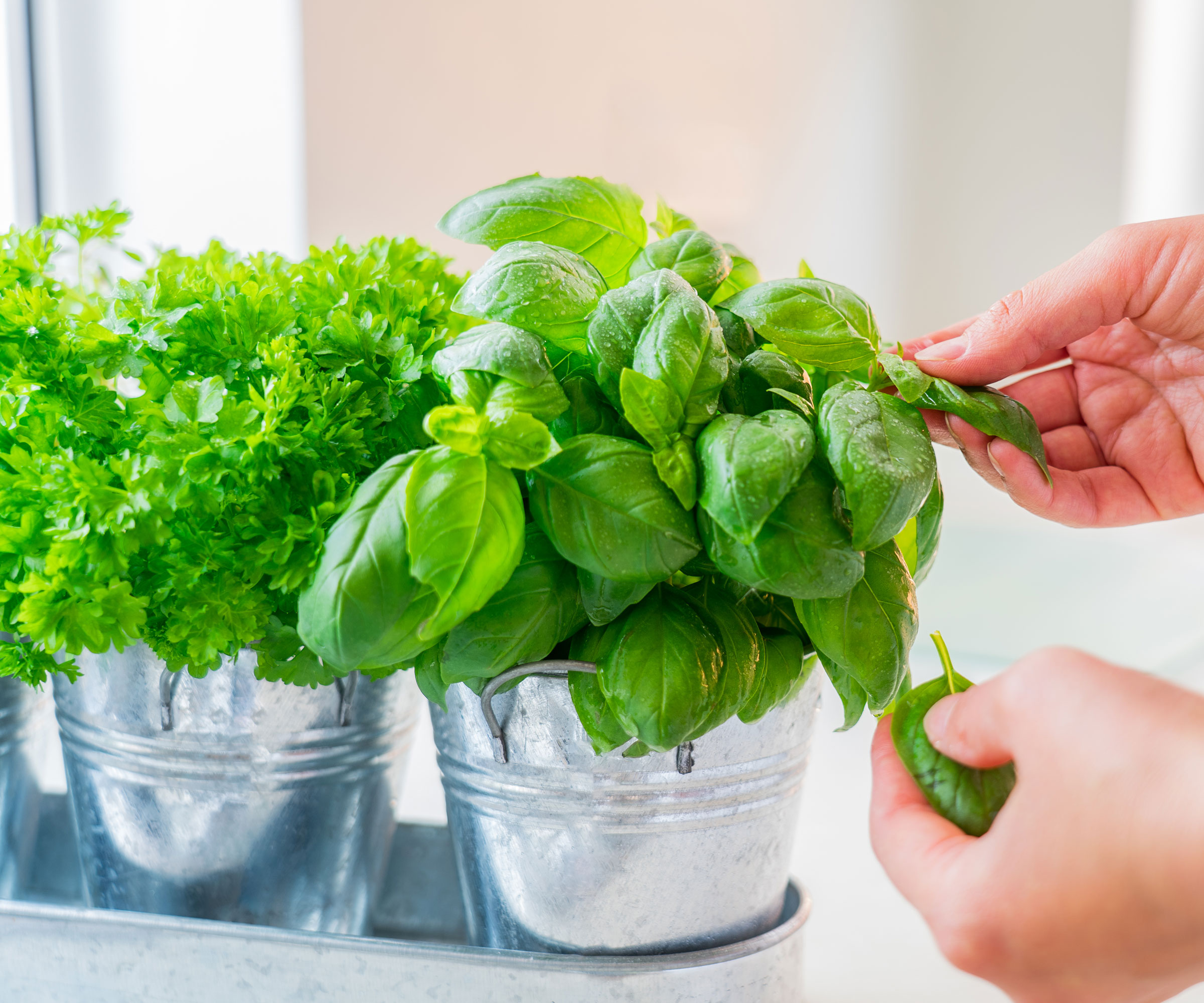
Frequently Asked Questions
Which Potted Herbs Last Year After Year?
Several herbs will act as perennials when grown in containers, including sage, oregano, thyme, mint and chives. You can remove certain perennial herbs from the ground in early autumn to prolong their life cycle indoors and ensure you have fresh herbs growing on your windowsill ahead of the new year. Parsley, chives and coriander work well when you dig up strongly growing plants, divide them, replant them into a container and keep them in a sunny location.
Can Herbs be Grown in Plastic Containers?
Yes, you can grow herbs in plastic pots as long as they have drainage holes. One important benefit of plastic containers is that they are lightweight and easy to move. Another great advantage of plastic containers is that they retain moisture for longer than terracotta options, which are more porous (so liquids evaporate quicker). The only thing to bear in mind is that plastic pots heat up quicker than terracotta and stone equivalents.
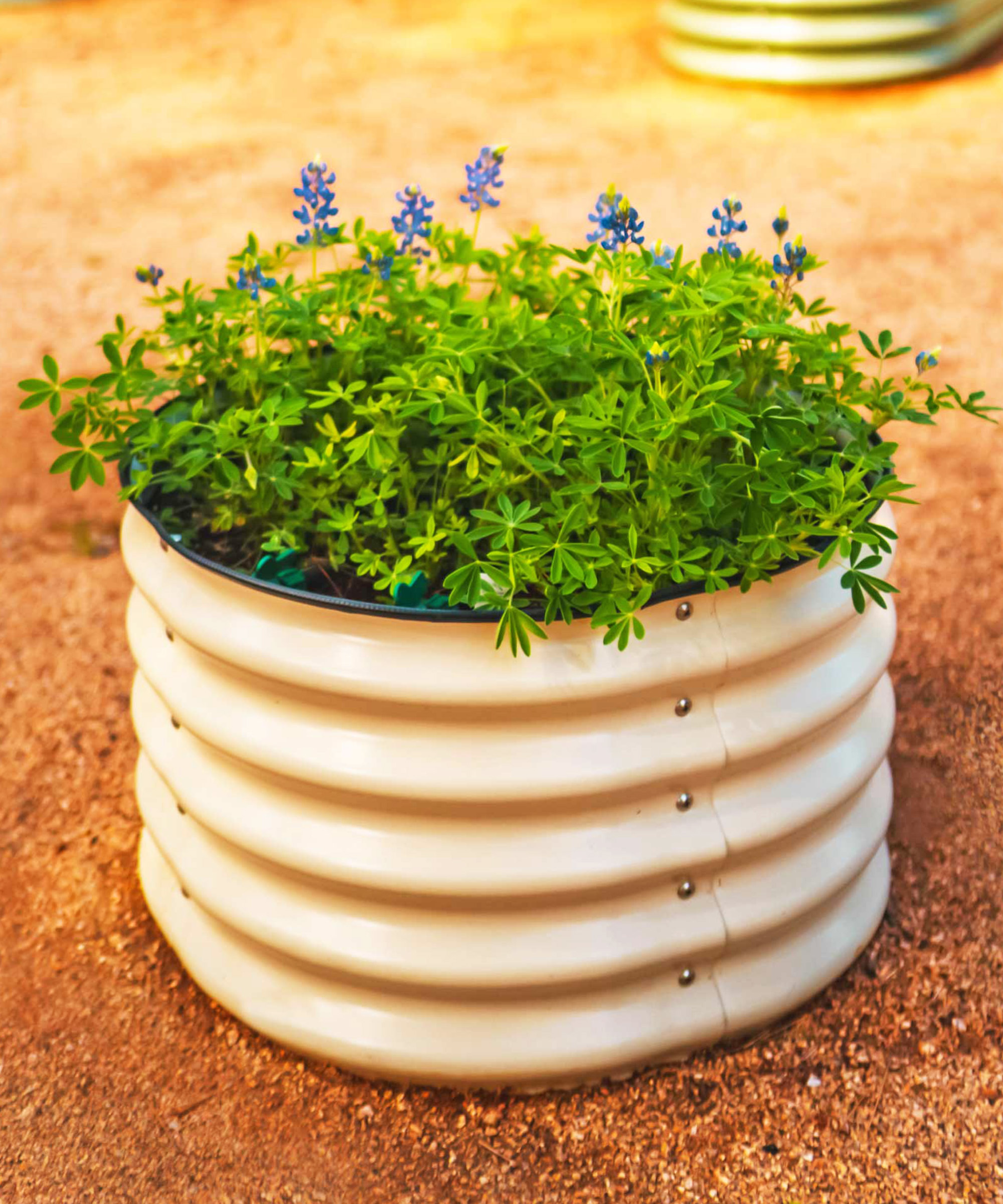
Make sure you’re set for the herb growing season with our specially curated selection of pots and planters for every gardening space and size. Browse the Gardening Know How Shop now.
Other Great Herb and Container Ideas
- If you would like to grow edibles with dazzling ornamentals, read our guide on beautiful herbs that belong in flowerbeds to broaden your edimental horizons.
- Looking for the ultimate herb garden companion that can be cultivated alongside your herb containers? Here are some of the easiest tomatoes to grow in containers alongside your other potted edibles.
- If you’re passionate about edible gardening in pots and want to explore further, these cheap container vegetable gardening ideas are a great way to grow more while saving cash.
This article features products available from third party vendors on the Gardening Know How Shop. Keep in mind that our plant inventory is limited - so if you’re thinking of purchasing, don’t wait!

Mary Ellen Ellis has been gardening for over 20 years. With degrees in Chemistry and Biology, Mary Ellen's specialties are flowers, native plants, and herbs.
- Amy DraissDigital Community Manager
- Janey GouldingContent Editor
-
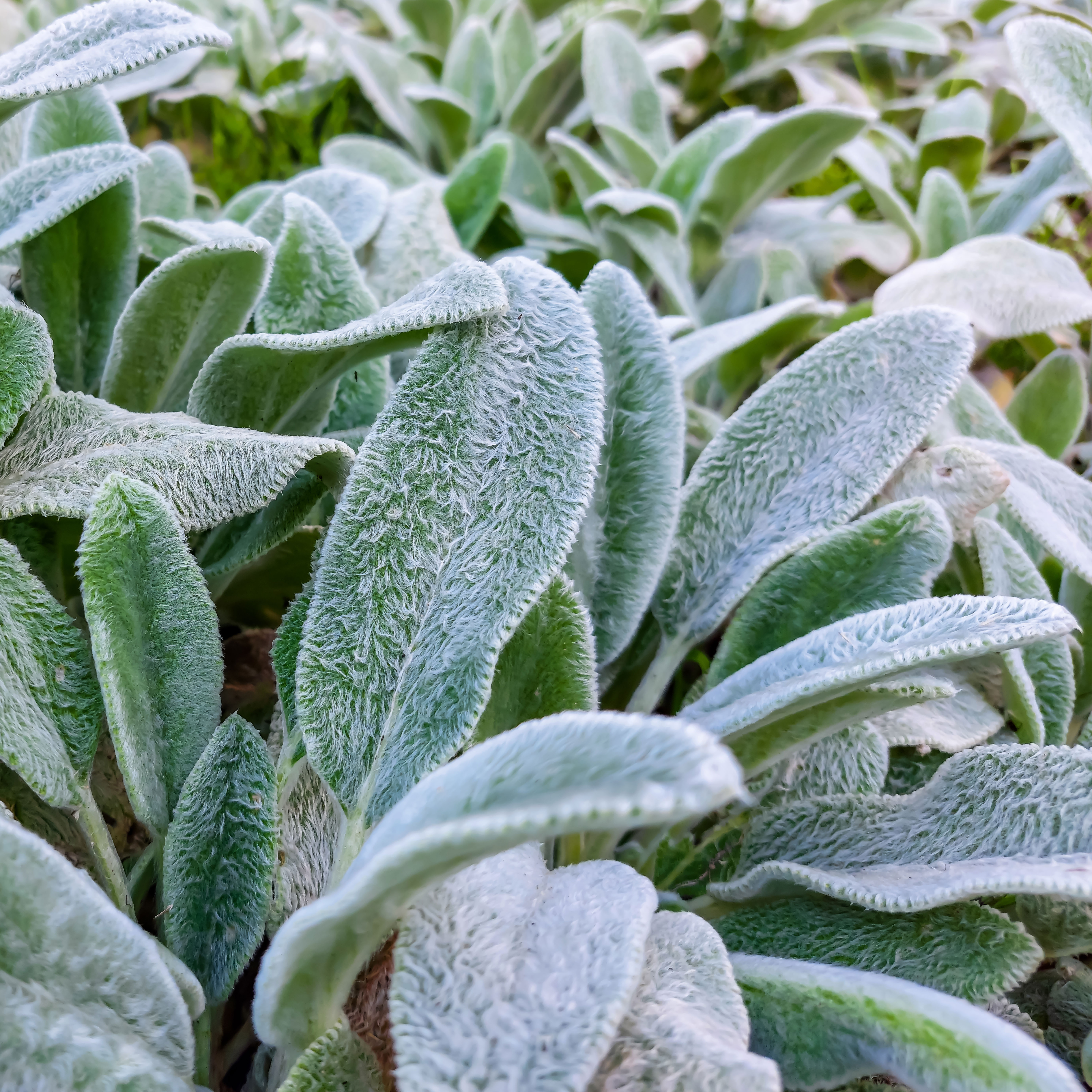 Looking For Plants To Give You The Soft And Fuzzies? Try These 5 Fuzzy Leaf Plant Options
Looking For Plants To Give You The Soft And Fuzzies? Try These 5 Fuzzy Leaf Plant OptionsLovers of texture, drama, silver foliage and tactile plants will adore these special sensory garden additions. These fuzzy leaf plant options will leave you all aglow
By Susan Albert
-
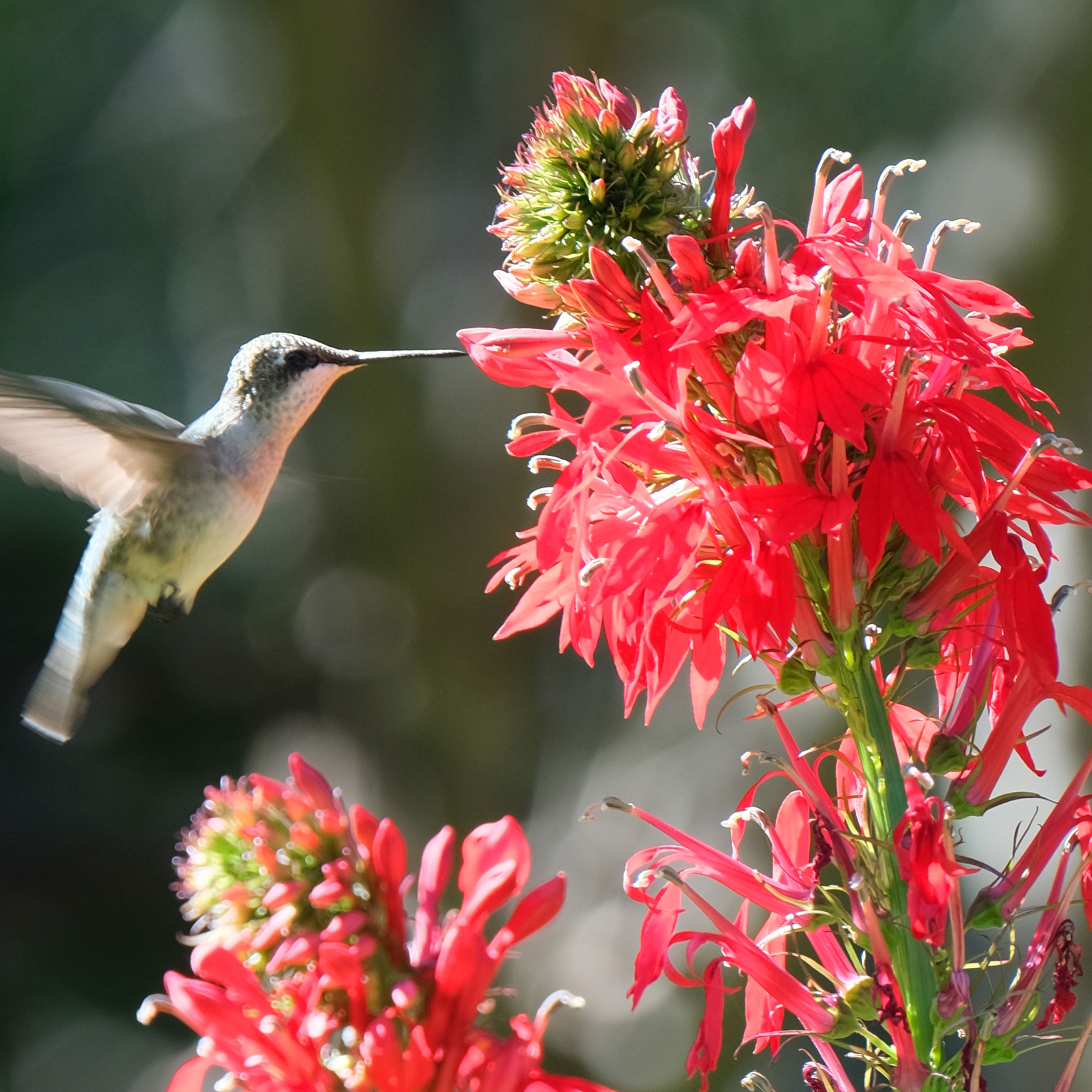 Get Ready For A Summer Of Hummers! Grow These Full Sun Hummingbird Plants and Flowers
Get Ready For A Summer Of Hummers! Grow These Full Sun Hummingbird Plants and FlowersIf you’re lucky enough to enjoy a sunny backyard, make sure you are maxing out on your pollinator opportunities and grow these full sun hummingbird plants and flowers
By Tonya Barnett
-
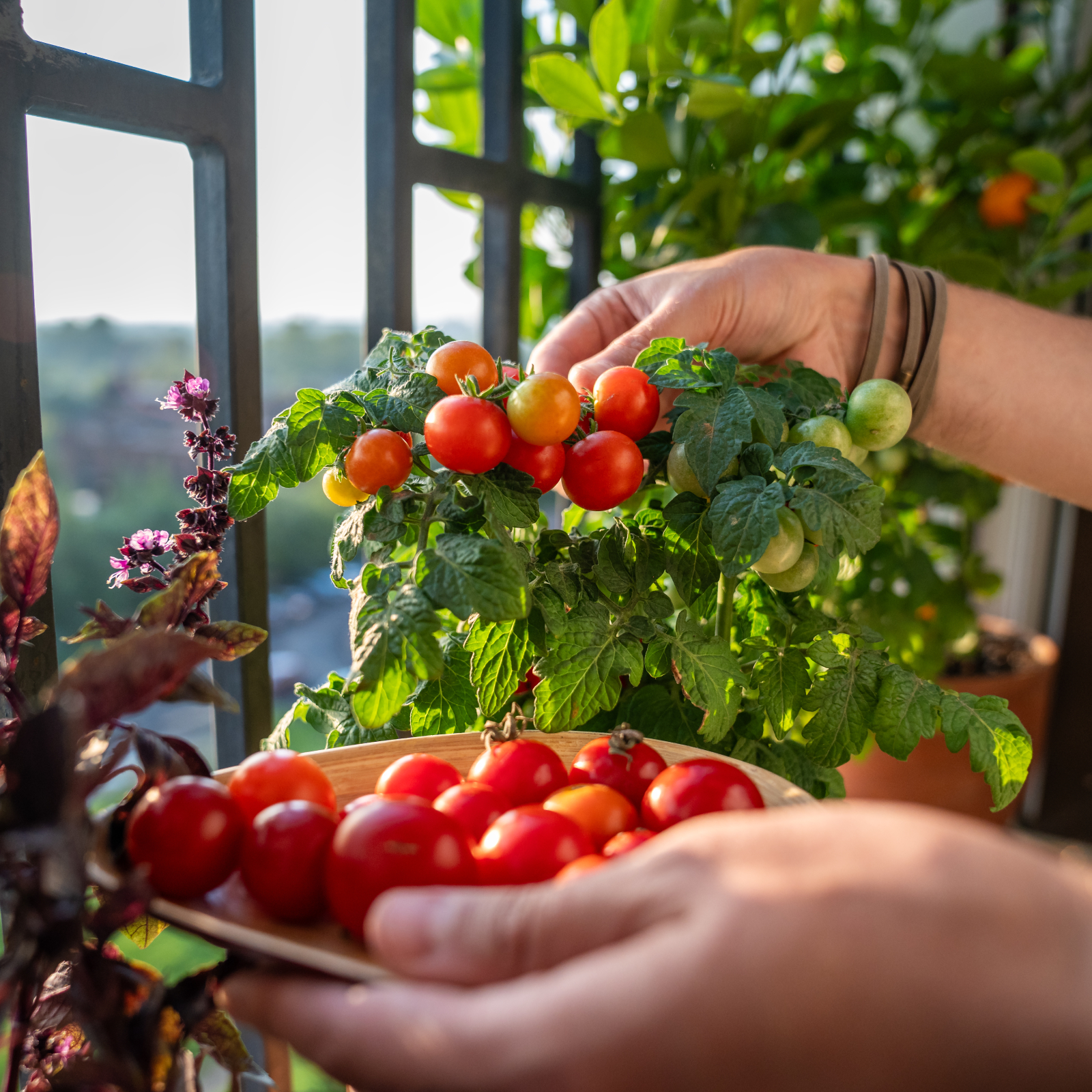 Best Tomatoes For Containers: 10 Tastiest Varieties For Plentiful Produce In Compact Areas
Best Tomatoes For Containers: 10 Tastiest Varieties For Plentiful Produce In Compact AreasThese are the best tomatoes for containers that prove you don't need to have a large space or elaborate garden to grow delicious produce.
By Bonnie L. Grant
-
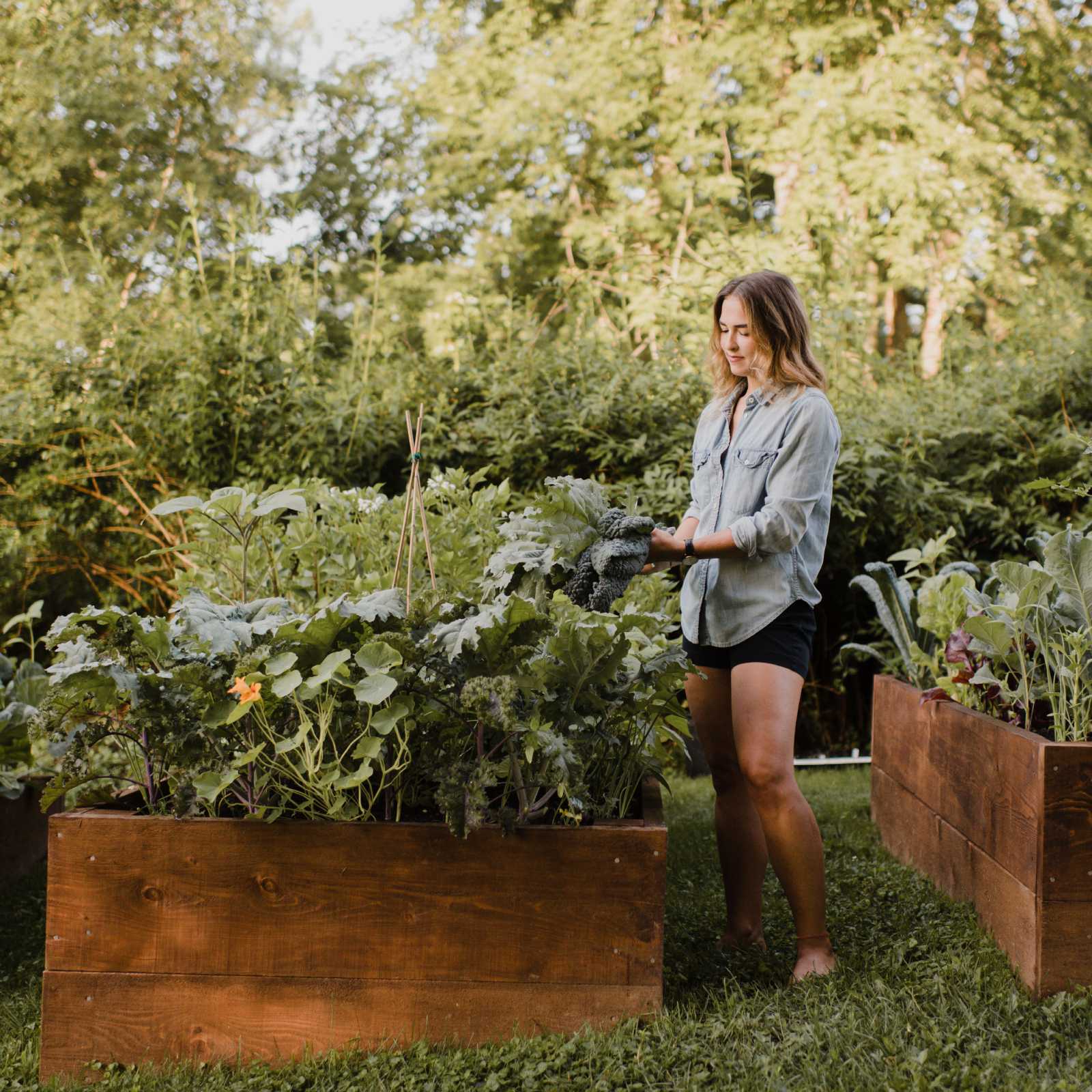 Raised Bed Garden Layout Ideas To Maximize Your Vegetable Harvest
Raised Bed Garden Layout Ideas To Maximize Your Vegetable HarvestCurious how to maximize your vegetable garden this year? Try these raised bed layout ideas and tips to get the most out of your space.
By Teo Spengler
-
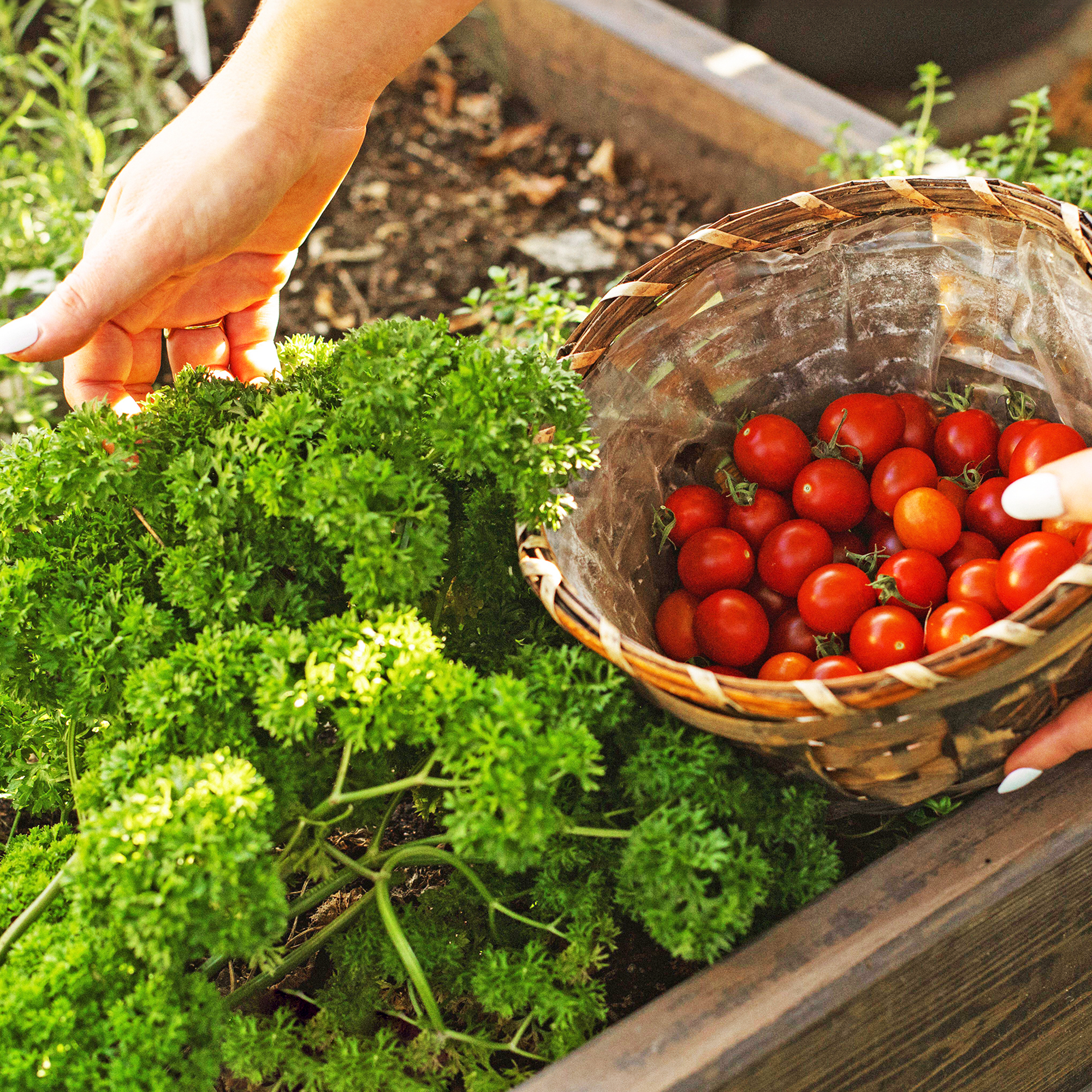 Best Herbs To Plant With Tomatoes: 6 Perfect Companions For Better Flavor & Bigger Harvests
Best Herbs To Plant With Tomatoes: 6 Perfect Companions For Better Flavor & Bigger HarvestsCertain herbs make excellent neighbors to tomatoes in the vegetable garden, repelling pests, keeping down weeds, and enhancing flavor. Try these top varieties.
By Mary Ellen Ellis
-
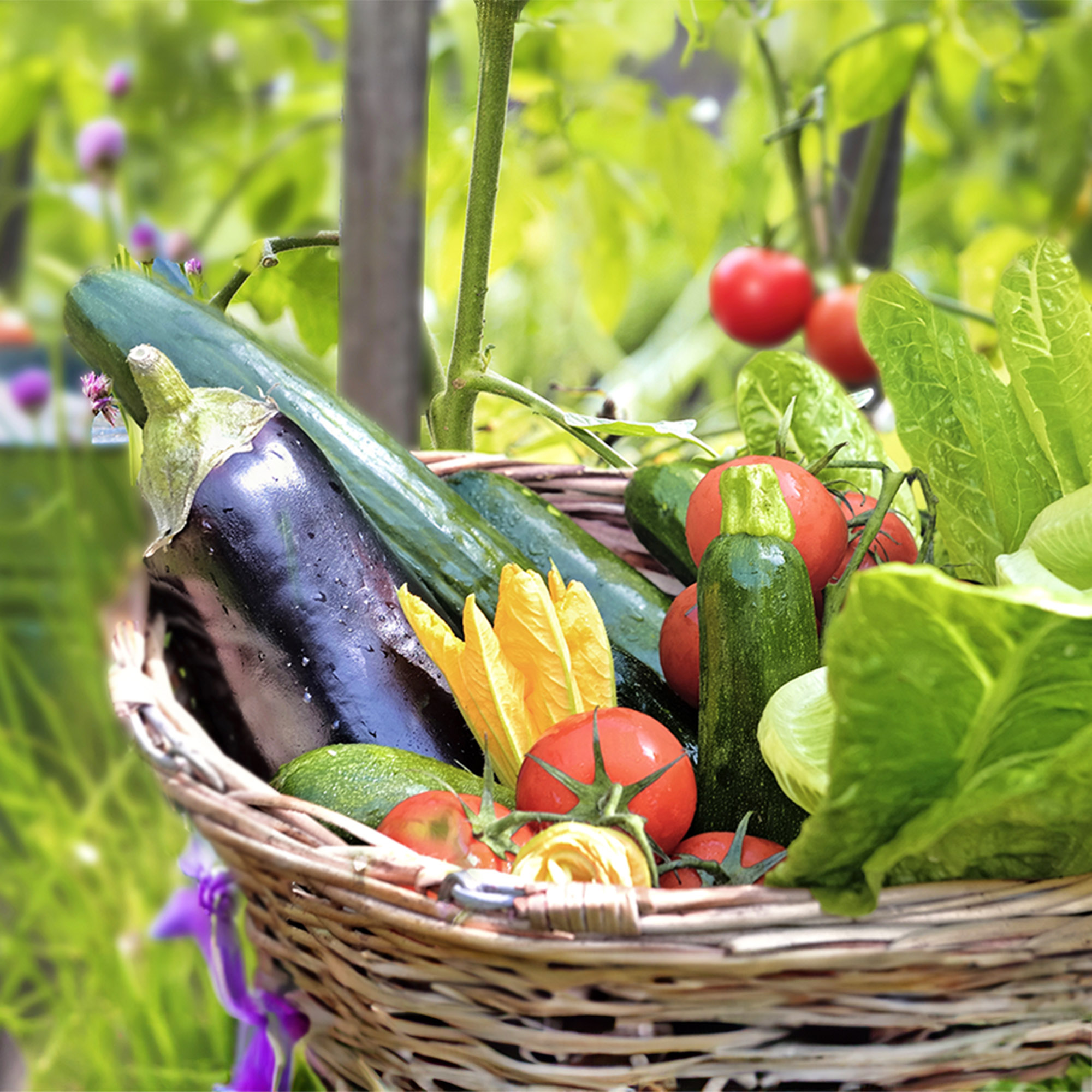 7 Best Vegetables To Plant In February – And Start Harvesting From Early Spring
7 Best Vegetables To Plant In February – And Start Harvesting From Early SpringGet a head start on your garden with these delicious veggies. Plant now and you can begin enjoying home-grown harvests sooner than you think.
By Mary Ellen Ellis
-
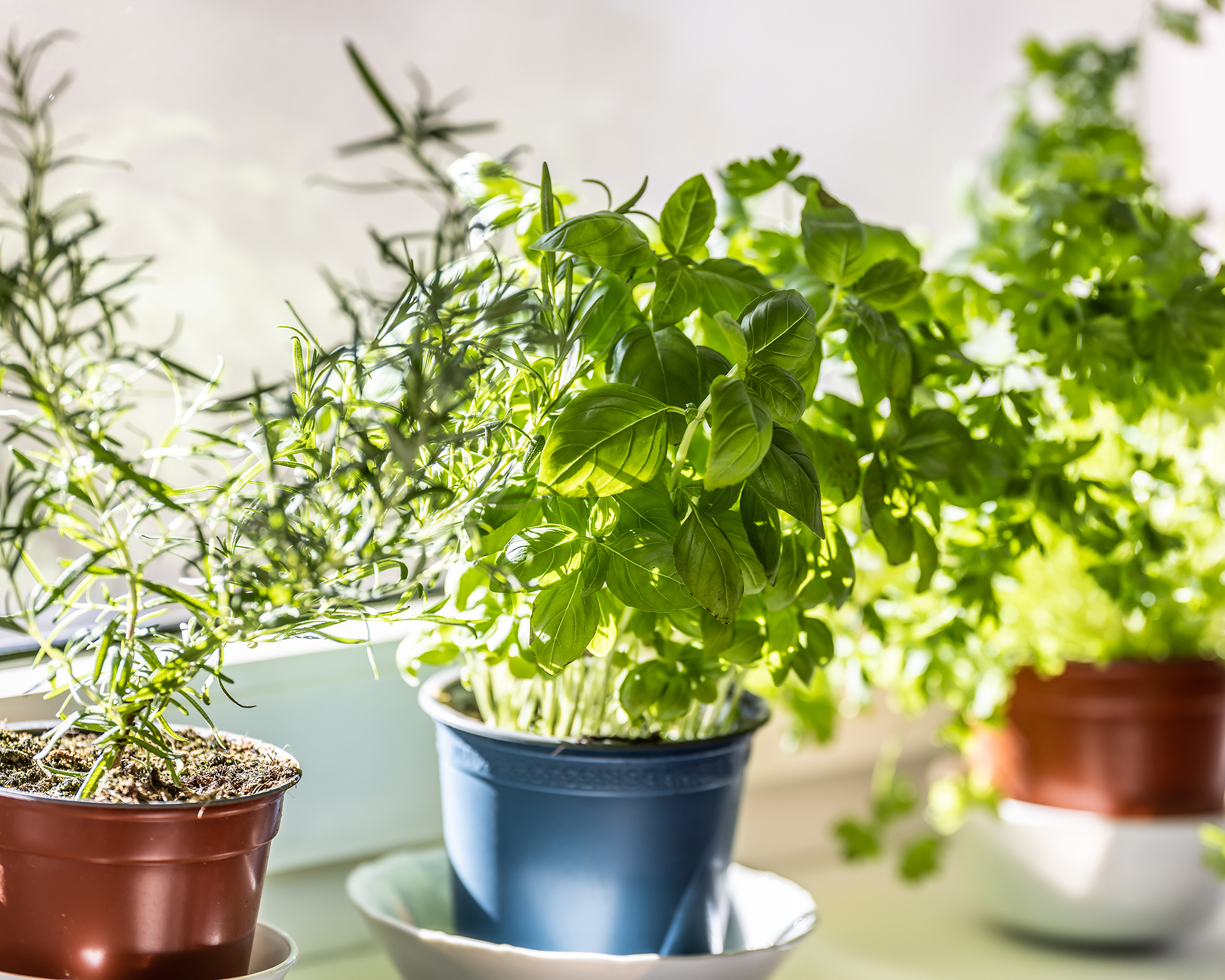 How To Grow A Windowsill Full Of Veggies This Winter, According To A Top Gardening Expert
How To Grow A Windowsill Full Of Veggies This Winter, According To A Top Gardening ExpertAward-winning journalist and climate-resilient gardening expert Kim Stoddart reveals her top plant picks and tips for a productive winter windowsill garden.
By Kim Stoddart
-
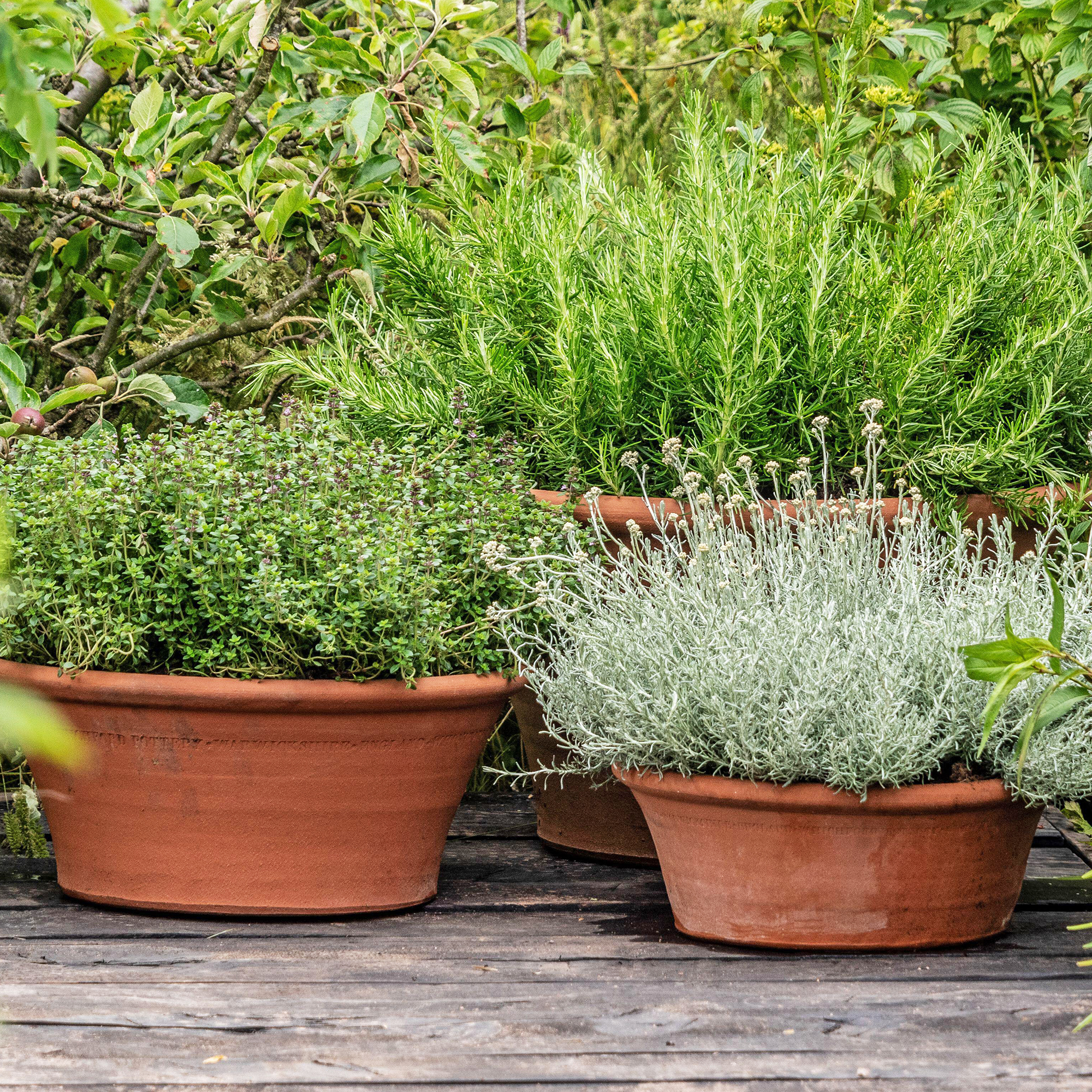 7 Perennial Herbs Perfect For Pots – Enjoy Aromatic Patio Harvests Year After Year
7 Perennial Herbs Perfect For Pots – Enjoy Aromatic Patio Harvests Year After YearDiscover the best perennial herbs to grow in pots. Ideal for small spaces, these low-maintenance plants offer year-round flavor and greenery on your patio.
By Bonnie L. Grant
-
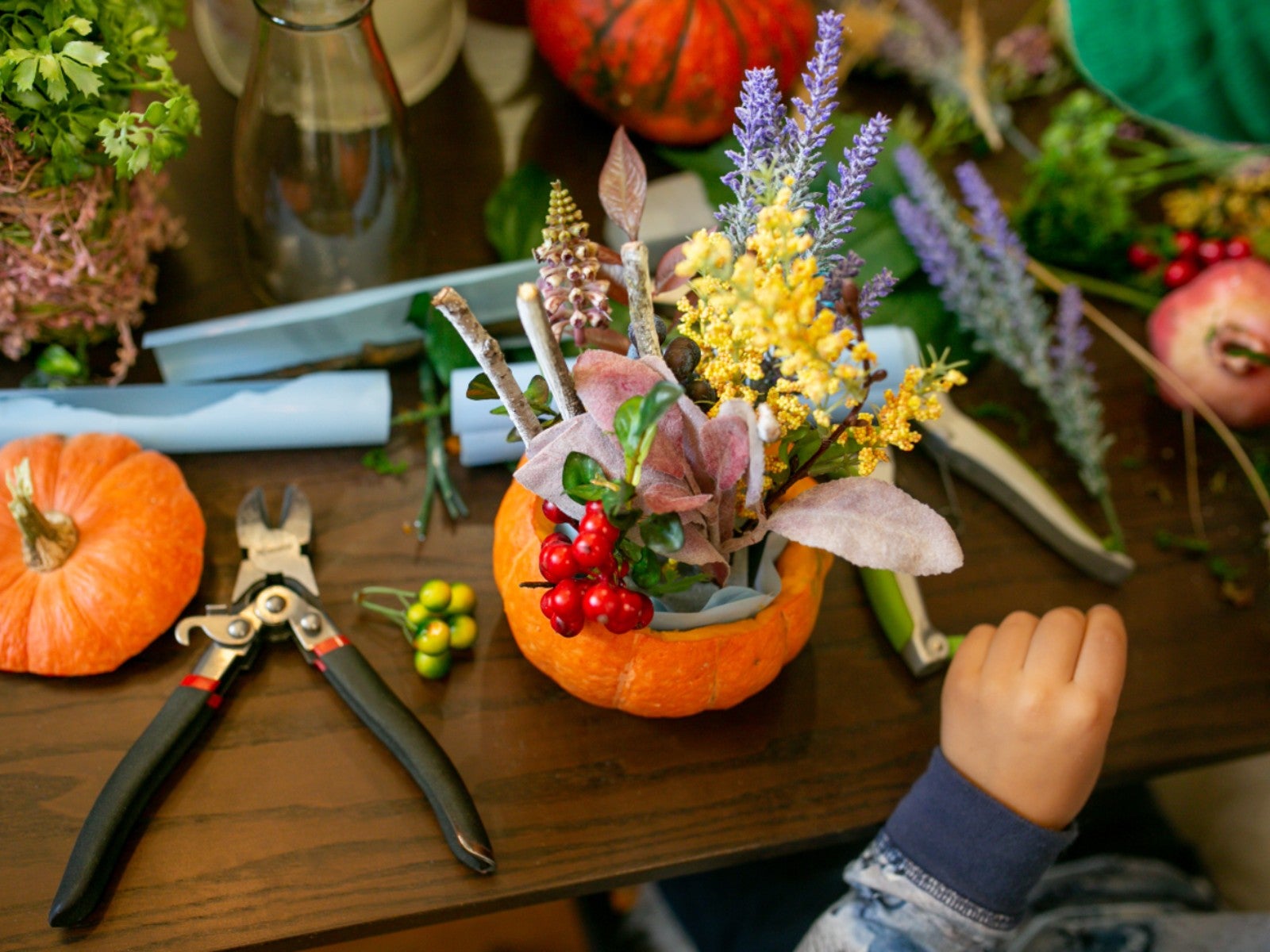 Do-It-Yourself Floral Pumpkin Centerpiece
Do-It-Yourself Floral Pumpkin CenterpieceCan you believe this pretty pumpkin centerpiece was made with just $13 worth of supplies? Plus, it was quick and easy.
By Amy Draiss
-
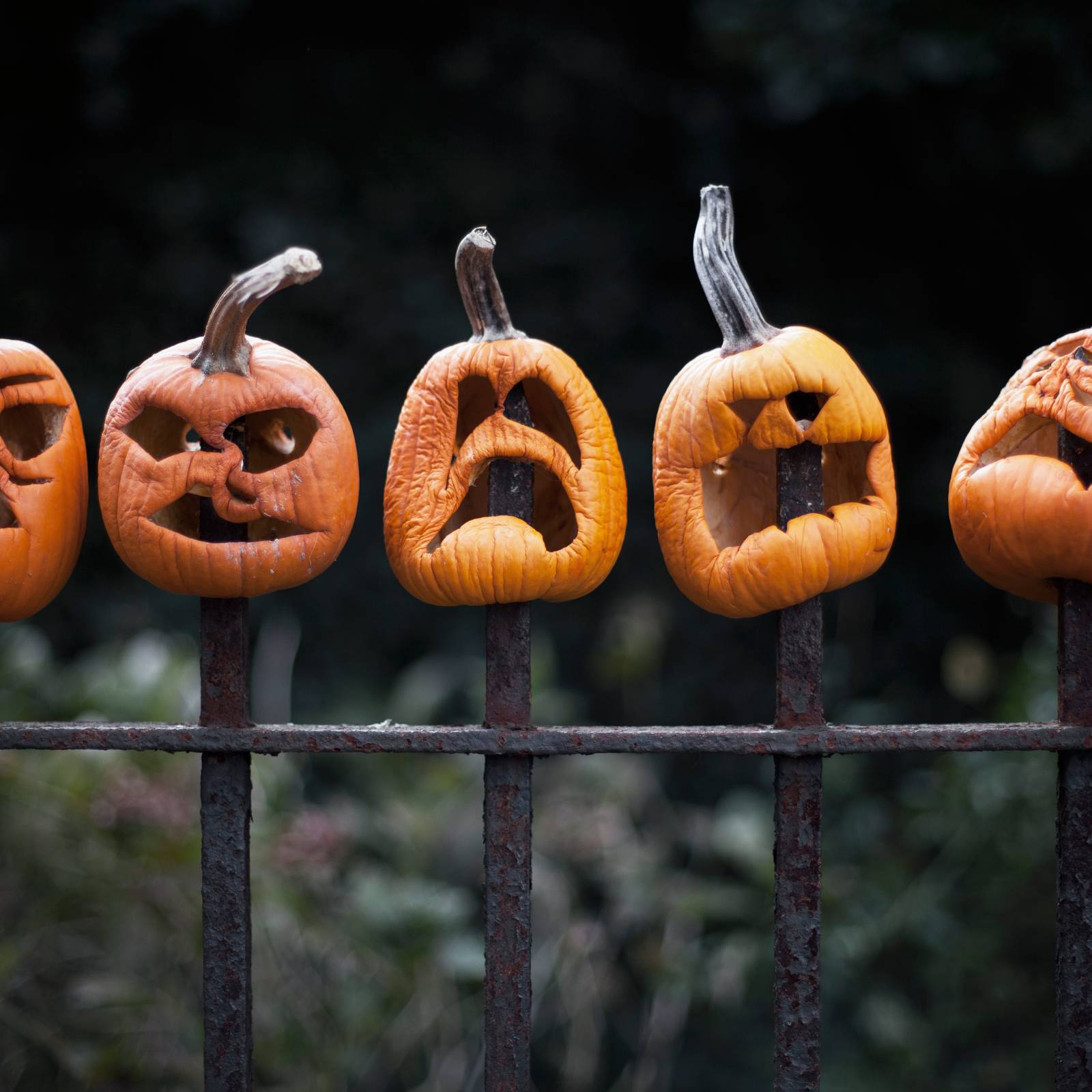 9 Fun Things To Do With Pumpkins That Are Past Their Prime
9 Fun Things To Do With Pumpkins That Are Past Their PrimeWondering what to do with your pumpkin after the Halloween fun is over? Learn what to do with your pumpkins when you are done decorating with them.
By Teo Spengler